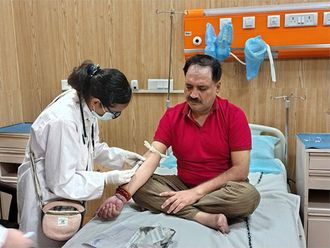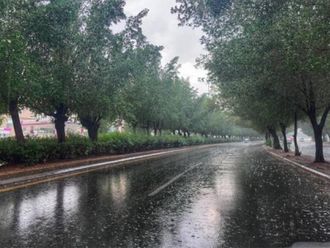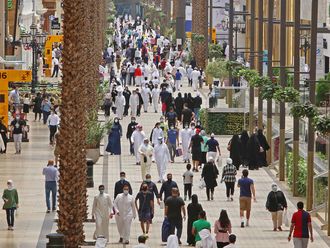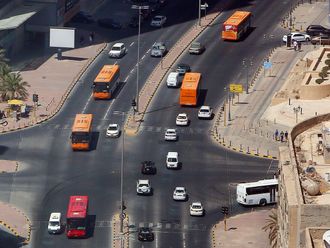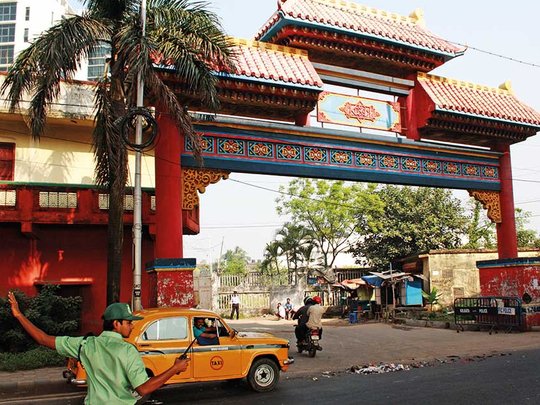
New Delhi: Immigrants from China and Indian-born people of Chinese ancestry have contributed a lot to the social and economic life of Kolkata, West Bengal. For several decades, the Chinese, who specialised in processing leather, had turned it into one of the major industries of West Bengal, providing employment to thousands of local inhabitants.
It has been said for the Chinese that wherever they go, they make a China town at that place. Kolkata has been no exception.
Over 250 years ago, more than 20,000 Chinese traveled to Kolkata from the provinces of Guangdong, Jiagxi and Fujiam, when the city was the capital of the British Empire in India.
The place then had the largest China town on the subcontinent.
However, just about 1,500 Chinese-Indians now live in Tangra region, popularly known as China town, which is an iconic landmark in Kolkata, nicknamed the City of Joy.
Chen Khoi Kui, proprietor of Galaxy Enterprise, suppliers and exporter of leather, and secretary of South Tangra Chinese Youth Club said, “My father came to Kolkata from Guangdong in 1927. Life was difficult in China those days and my grandfather, a landlord, insisted his son go to India and stay away from the property business, where there had been acrimony between him and people in the same trade.”
Kui’s father worked in a shoe shop on Denting Street, then famous for made-to-order shoes. From Kolkata, he shifted to Orissa, where Kui was born and educated. So, how did the transition to Kolkata happen?
“I had plans to migrate to Australia for work in 1984, but they didn’t materialise. So, I came to Kolkata and set up my business. Back then we had our own schools, clubs and newspapers and the main professions were leather tanning, shoemaking and dentistry. But over the years, so much has changed, except the fact that we were and are still happy in India,” he smiled.
His children are the third generation to have acquired Indian nationality. Kui explained, “Most of the tight-knit community members living here now were born in Kolkata. Only our looks are different. At heart we are Indians. Several among us have acquired Indian citizenship. Just about a 100 still hold Chinese passports.”
The community has integrated into Kolkata society by learning the Bengali language. Among themselves they may speak in their native language Hakka, but most can comfortably converse in Hindi and English as well.
Few decades ago, a large number of Chinese-Indian was in the tannery business, but after the Supreme Court order in 1995 to close down Kolkata’s tanneries due to environmental concerns, they were forced to shut their businesses. Subsequently, many converted their premises into restaurants and some set-up dentist clinics, sauce manufacturing units, beauty salons, shoe stores and laundry services.
Over the years, while the younger lot has opted to migrate to Australia, the US and Singapore for better livelihoods, their parents have refused to leave India, as they were not only born here, but their parents are buried here.
Shirley Ku, owner of a beauty salon, which she established in 1990, said, “We have been here for four generations. Though I like to visit China and Taiwan to meet relatives and friends, I begin missing India after a few weeks. Despite hardships, we have never intended to leave, even though many of my contemporaries and their families migrated to other countries for better job prospects.”
Asked why their forefathers chose Kolkata over other metropolitan cities, Chen Sui Koi and her brother Chen Shun Yun, co-owners of Shun Li restaurant said that most of them stayed in eastern India locations, including Kolkata and Assam. A number of them never went back to China again.
China town, a popular food destination for affordable food has given rise to fusions of Chinese and Indian culinary traditions in the widely available form of Indian Chinese cuisine. Owners prepare Chinese dishes to suit the spice-loving Indian palate. Signboards, written in Chinese and English language dot China town and foodies, mostly non-Chinese, are regulars at the eateries.
People residing in the neighbouring localities of China town find it difficult to imagine how they would have managed without the Chinese settlers, known for their hard work.
Interestingly, while Indians are all for Chinese cuisine, the Chinese cannot stop raving about biryani and Bollywood movies.
Koi said, “I love Indian specialties and Bengali sweets as much as I like Hindi movies. India is our homeland and since we interact with non-Chinese people regularly and even attend each other’s festivals, they are our close friends.”
Chinese New Year is celebrated with much fanfare in China town. “We shut our businesses for a month to celebrate and visit the neighbouring areas. The dragon visits people’s homes to give blessings. The celebrations are held with fireworks and dancing,” she mentioned.


